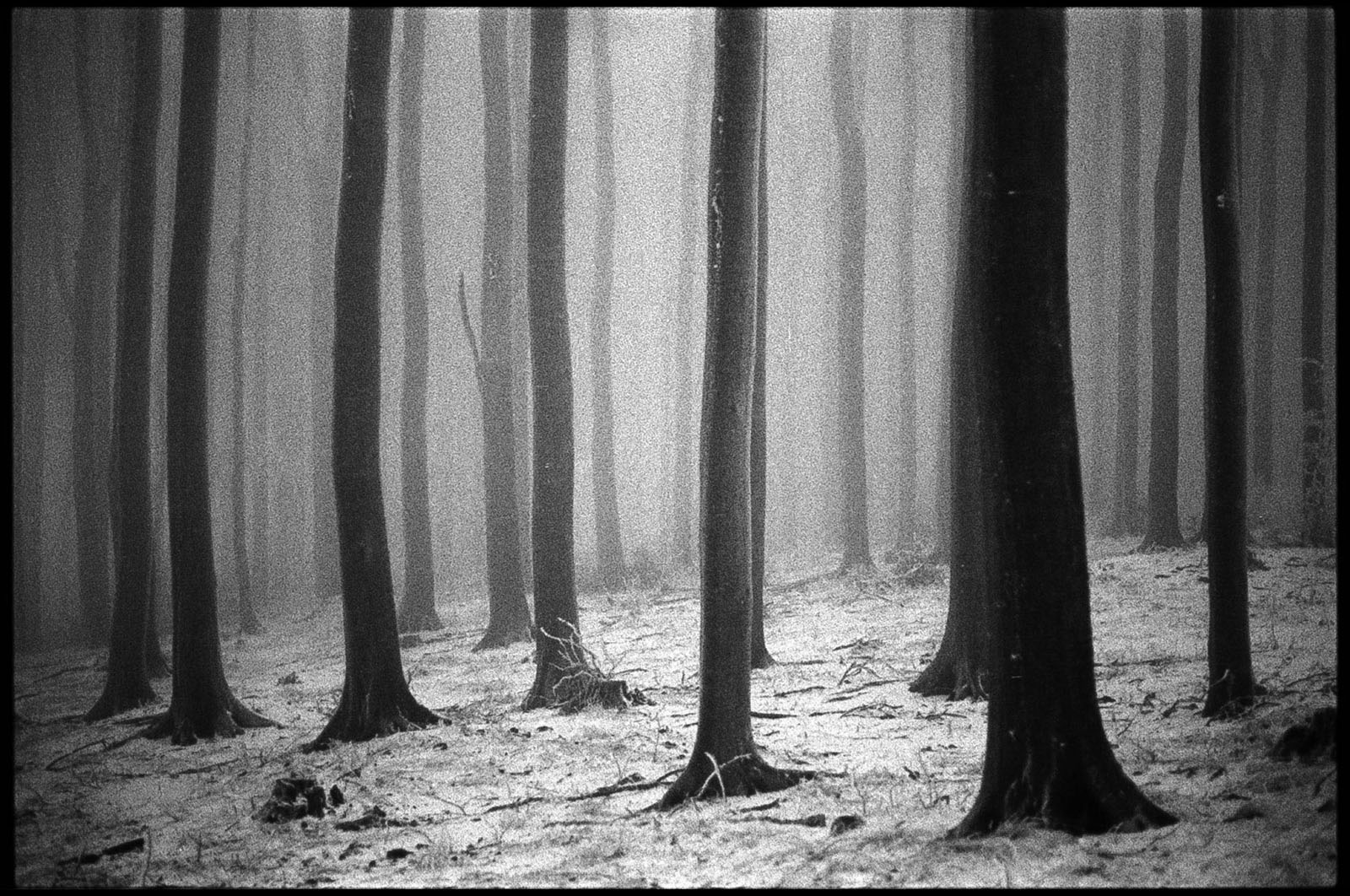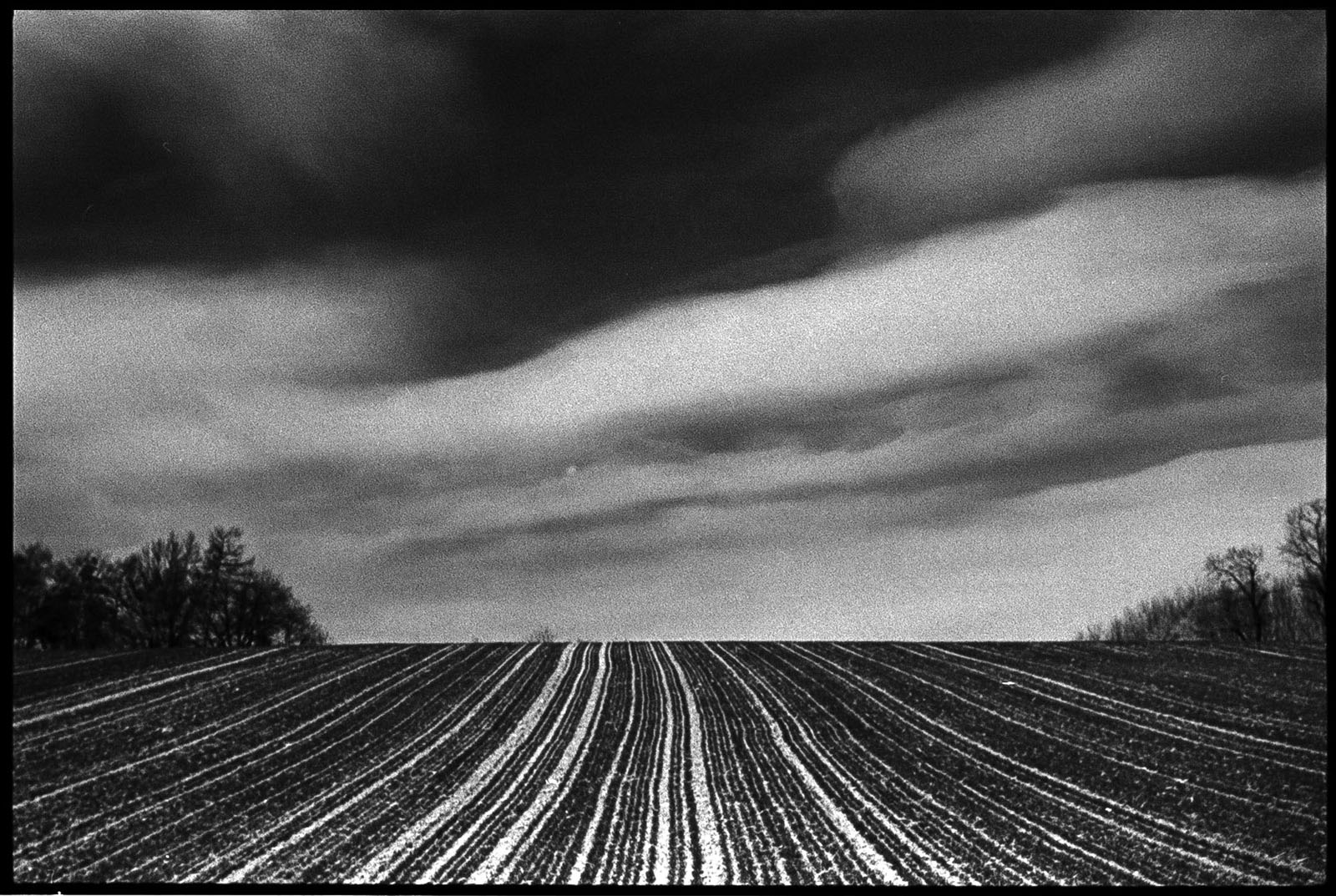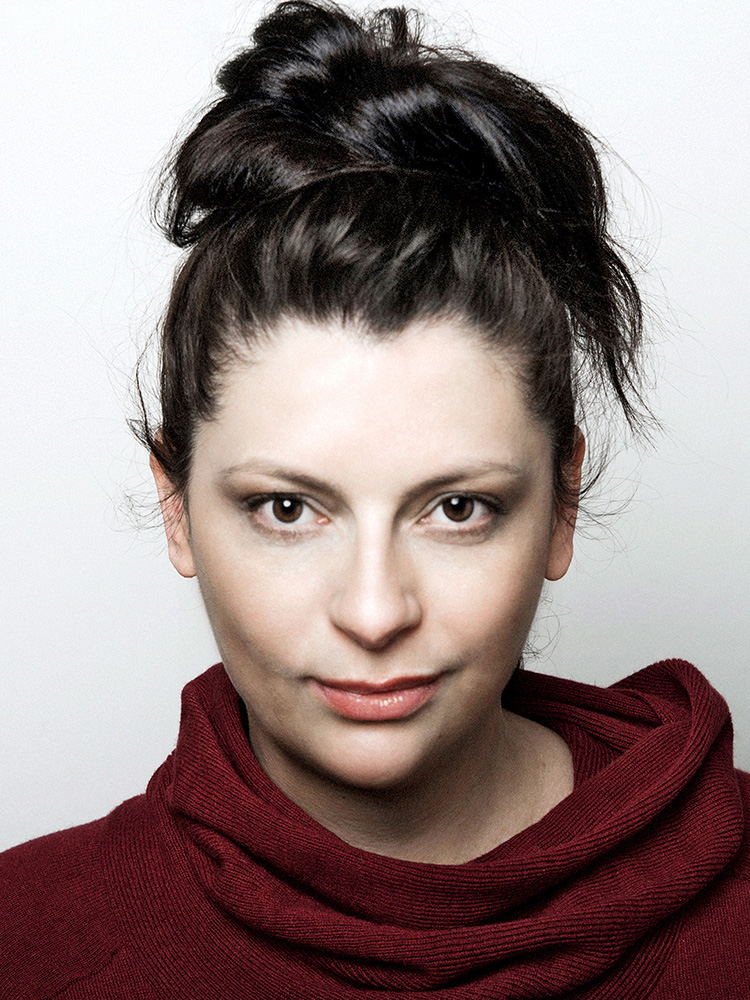
In conversation with
Michael Ornauer
Vienna, Austria
Hi Michael, please introduce yourself.
I live in Vienna, respectively in the Vienna Woods (Wienerwald), a large forest region west of Vienna. Most of the Woods already belong to Lower Austria and it is an important recreation area for all Viennese. The further west you go, the deeper and more pristine these forests become. Topographically, this region is also the eastern foothills of the Alps, which then turn into a lowland plain from Vienna onward.
I grew up there on a farm in the Vienna Woods and nature had a great impact on me as a child. I spent much of my childhood and adolescence wandering through the woods. Mostly alone, because I was able to hide from the people there. The forest was a refuge from the world for me. My parental home was not a very good one, there were constant conflicts and quarrels between the parents, which rubbed off strongly on us children and affected us. But I could retreat into nature, the farm was surrounded by fields, meadows and forests. There I found peace and quiet, which I know today saved me from “home”.
My photography today consists of documenting this landscape of my childhood and youth. And this on two levels: On the one hand, the actual landscape, which I photograph in black and white and analog; on the other hand, my “inner landscape,” which I can make visible – or rather, tangible – through the photos of the outer landscape.
What does analog photography mean to you? What excites / fascinates you about it?
I came to photography through art studies. I took a class in painting, but photography was always part of it somehow through various courses. In addition, Peter Dressler was the assistant professor in our class. For me, he is still a master of metaphorical imagery. I learned a lot from Dressler in terms of content, for example, what makes a good picture. It doesn’t really matter whether the picture is a photograph or a painting – the same criteria apply.
In his later projects, Peter Dressler often worked together with Leo Mayer. Mayer is also a painter and photographer and was the assistant in our class. I learned everything technical from him, from handling old cameras to developing films and enlarging them on paper.
For me, analog photography was always a side project to my painting. After all, you can’t paint all the time. If you work in the studio all week, what do you do on the weekend, paint again? That’s when you go crazy! Photography has always offered itself, especially analog photography. Because for me it still has more the character of art. Not because of the result – with various digital filters, you can even do that with an iPhone. But the process of analog photography is irreplaceable. That’s why, for me, it’s more like art, because it’s all so tedious and almost cumbersome. Just because of the limitation to 36 frames on the film (if at all). I think very carefully about what I photograph and how. My goal is always: 36 good photos on film, not a single frame wasted! I drop this claim as soon as I hold a digital camera in my hand. If the display says that there is still memory for 8,345 photos, I’m not likely to get a single usable one.
In your opinion, what are the advantages and disadvantages of analogue photography?
That’s a tough question to answer. For example, if a “disadvantage” such as the limitation of frames and the high cost of development lead to making better photos or even art. At the same time, the current hype around analog photography shows: it’s also problematic the other way around. Just because this medium is considered to be more artistic (“advantage”?) does not mean that better photos or even art are created. Because quality and art cannot be derived from the material. But only from the inner attitude of the photographer. “The Medium is the Massage” (Marshall Mc Luhan) does not apply here in any case! (Or at least in the best case only as a lazy excuse for a work weak in content).
Do you concentrate on a certain topic in your work?
As I said, I photograph only landscape and there only the region of my childhood and youth. This landscape has burned itself into me, even if it is not particularly exciting: forests, meadows and fields. But for me it is emblematic of something I call “inner landscape”, and this “inner landscape” I can best express through my photography.
Are there (analogue) photographers who have influenced your aesthetic and approach?
I don’t know if you can call it influence, but with two photographers I notice a similar approach to the subject, or landscape. The first is Mario Giacomelli and the other is Josef Koudelka. Both compose the composition of their photos very thoughtfully and subtly at the same time. I’ve always liked that about both of them.
Do you have certain cameras and films that you prefer to work with?
I prefer strong contrasts in photos, especially in b&w photography. That’s why I mostly use Kodak Tri-X 400 film. Most of the landscape photos I have shot with a Nikon F3 or with a Nikon F.
Speaking of films: What does your workflow look like?
Photographically, I spent the last four to five years mostly going out and taking the photos I wanted to take. In the early years, I also enlarged them and experimented around to get the photos to look the way I wanted them to. But at the moment I have neither the time nor the need for the darkroom. I still do most of the developing myself, but I do sometimes send a film to the lab to be developed. The films of the past years are all scanned and stored in a kind of digital catalog raisonné. My Instagram account is a cross section of them.
I think I will put my “photographic oeuvre” on paper (and exhibit it) at a later date. The time for that hasn’t come yet, at the moment it’s painting’s turn.
What advice would you have for other photographers who are reading this interview?
What makes good photography for me is first and foremost the content/topic of the photograph – less the technical implementation or the formal aspect of it. It’s tempting to focus on the material rather than the content. However, this leads nowhere. The question “what am I photographing?” (and why) is more essential than the question “how do I photograph?” (and with what).
If you publish your work on Instagram: curse or blessing?
For me, as always, it’s a question of how you deal (with a medium) and what you want to achieve with it. And isn’t everything always a curse and a blessing at the same time? Instagram is a good way to share photos, to show them to others. I don’t feel the need to publish them elsewhere at the moment.
Which 3 photo books can you recommend / should you definitely own?
I don’t own any photo books and rarely look at any. And if I do, I forgot about them later – so i can’t name any now.
Thank you so much for your time!
Favorites
Nikon F, Leica M
Kodak Tri-X, Ilford HP-5
B/W





